In recent years, due to the increasing planting area of ​​two-line hybrid rice, high-quality rice and super rice, the change of farming system and climate warming, the damage of rice pests and diseases has become increasingly serious. The main pests and diseases of rice include: stem borer, rice leaf roller, rice planthopper, sheath blight, rice smut and rice blast. To understand the law of occurrence of pests and diseases, timely spraying high-efficiency, low-toxic, long-lasting pesticides, in order to ensure that rice is protected from pests and diseases, and achieve the goal of high yield, high quality and high efficiency of rice.
Prevention and control of Chilo suppressalis: 1. Hazard characteristics The second cockroach is commonly known as "heartworm", which occurs three to four generations a year, and winters with larvae and pupa in local rice piles or straw. After the hatching of the ants in the second year, they first clustered on the inner side of the leaf sheath to cause a dead sheath; after 2 years of age, the plants began to be damaged, causing dead hearts, white ears and insects. Generally, one larva can damage 3 to 5 rice plants. 2. Prevention and control period: May 10th, prevention and control of the first generation of Chilo suppressalis, prevention and control of the second generation of Chilo suppressalis from late June to early July, prevention and control of the third generation of Chilo suppressalis around August 10, local area in September The fourth generation of cockroaches will be prevented in the middle. 3. Control method: In the peak period of the hatching of the sorghum sorghum, use 12% of the carbaryl flubendiamide microemulsion (Tai Zuo) 20-30 ml per 30 mu of water to spray 30-45 kg. In the rice fields where the stem borer is particularly serious or the application period is missed, the dosage should be increased as appropriate. Each acre is sprayed with 12% of a 40% solution of carbaryl flubendiamide (Taizu) 30-40 ml with water.
Prevention and control of rice leaf roller: 1. Hazard characteristics: Rice leaf roller is a kind of migratory pest, which migrates from south to north in Southeast Asia and Hainan Island with the southerly wind or the typhoon every year. Mainly from mid-June to mid-September, damage occurred in early rice, mid-sea and late rice. 2. Prevention and control period: The key to prevention and treatment of vertical leaf roller is that the period of medication should be accurate, the amount of water should be sufficient, and the spray should be fine and uniform. When the insects began to appear in the field, the drug was started about 7 days after the peak of the moth. 3. Prevention and treatment method: Apply 12% of a dimethyl flubendiamide microemulsion (Tai Zuo) 20-30 ml per acre to 30-45kg of water. When the amount of insects is particularly large, an additional spray of 2.2% of a calcium salt microemulsion (Aru steel) 60-90 ml with water 45 kg per acre is used.
Prevention and control of rice planthopper: 1. Hazard characteristics: The planthoppers that harm rice are mainly brown planthopper and white-backed planthopper, which are migratory pests. It is often caused by adults and nymphs clustering at the base of rice plants, which can cause "perforation", lodging and yield reduction in rice. 2. Control period and method: The key to control the planthopper is: time is early, the amount of water should be sufficient (45-60kg of water per mu), the spray should be uniform, and the parts should be accurate. Early rice is recommended to be applied in the middle and late stages of the booting. The medium and late rice are required to be controlled once at the end of the tillering stage and at the end of the booting stage. The liquid medicine is mainly sprayed on the middle and lower parts of the plant. In the early stage of early rice and mid-season, when the field is dominated by white-backed planthoppers, it is sprayed with 50% of pymetrozine water dispersing granules (St. John) 10-15g/45kg per acre at the peak of young nymphs. In the middle or late rice, the brown planthopper is mainly used in the field. At the peak of the young nymphs, 50% of the pymetrozine water dispersing granules (St. John) 15g and 45kg of water are sprayed per acre. When the flying cockroaches occur, use St. John's control of rice planthoppers. It must be mixed with fast-killing remedies such as wolves and chlorpyrifos. For each acre, use St. John's 15g plus scorpion 100ml, or use 50% pymetrozine water dispersible granules (St. John) 15g plus 48% Amoy chlorpyrifos 80ml with water 45 ~ 60kg spray.
Control of sheath blight: 1. Hazard characteristics: Sheath blight mainly damages leaf sheaths and leaves, and in severe cases also invades rice ears and penetrates into stems. Generally, the onset of the disease begins in the tillering stage, and the peak period from the jointing stage to the booting stage. 2. Control period and method: control one or two times before the end of tillering to break, use 40% fluorocyclohexane carbendazim suspension (cui rice) 24 ml per acre, or 30% benzyl/propiconazole Emulsifiable oil (Fumi) 15 ml, 43% tebuconazole suspending agent (Cuijian) 10-20ml with water 30-45kg spray.
Control of rice false smut: 1. Hazard characteristics: Rice smut is one of the main diseases in rice panicle. At first glance, the joints of the husks reveal a pale yellow mass, which gradually expands and develops to wrap the entire hull. The diseased grain is three or four times larger than the key valley, and becomes a smooth block of dark green surface. Finally cracked, emitting dark green powder. Rice false smut not only affects yield, but also affects rice quality. 2. Control period and method: Jinyou, Liangyou and Tyou and other high-quality rice series are susceptible to rice smut. These varieties need to be sprayed once every 5-7 days before the break. If the light is caught in the rainy day when the mouth is broken, the medicine will be sprayed once again 7 to 10 days after the first dose. Use 40% of fluorocyclohexane carbendazim suspension (cucumber) 24 ml per acre, or use 45% of tebuconazole suspending agent (Cuijian) 10-20ml to water for 45kg to control rice false smut. Various rice ear disease diseases such as blight, rice smut and leaf sheath spoilage, and can resist lodging, prolong the functional stage of flag leaf, prevent rice grain from falling, increase yield and increase income.
Prevention and control of rice blast: 1. Hazard characteristics: The whole growth period of rice can occur, mainly affecting leaves, stems and ears. According to the time and part of the hazard, it is divided into nursery, leafhopper, thrift, panicle, and grain.瘟, the formation of "sitting" dead seedling phenomenon and the neck and cob are easy to break. 2. Control period and method: prevention and control of seedlings and leafhoppers before and after the three-leaf stage, using 75% spray of 75% tricyclazole WP (Liyan), and preventing and controlling the first time of rice blast at the beginning and end of rice breakage Medicine, the second drug is applied at the heading stage, and 45 grams of 75% tricyclazole WP (Li Yan) is used.
According to the Hengyang City Plant Protection and Quarantine Station in 2013, “Tai Zuo, Cui Mi, St. John†was used to test the whole course of rice use. The effect of Taizhi on the sputum mites was over 92%, and the control effect on the leaf mites was over 94%. St. John has more than 95% control effect on rice planthopper, more than 85% control rice sheath blight, more than 90% control on rice false disease, 54kg per rice, and 137 yuan for farmers.
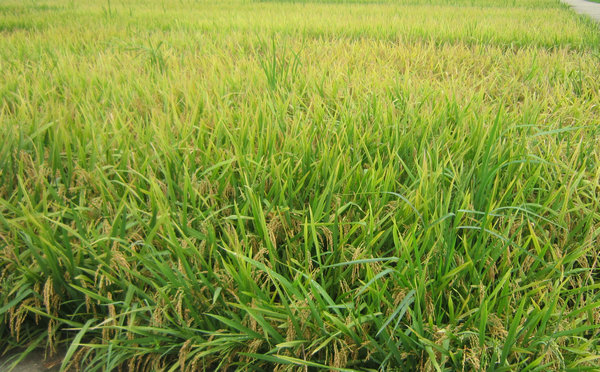
Full-medication demonstration field 1
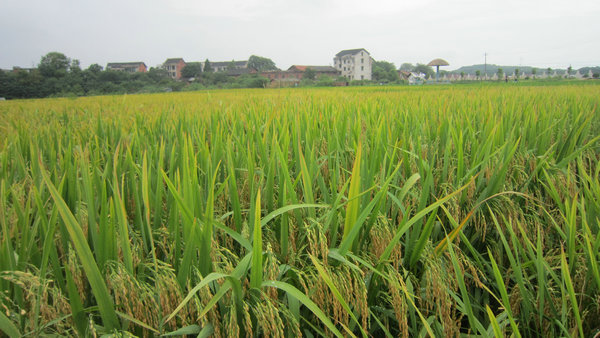
Full-medication demonstration field 2
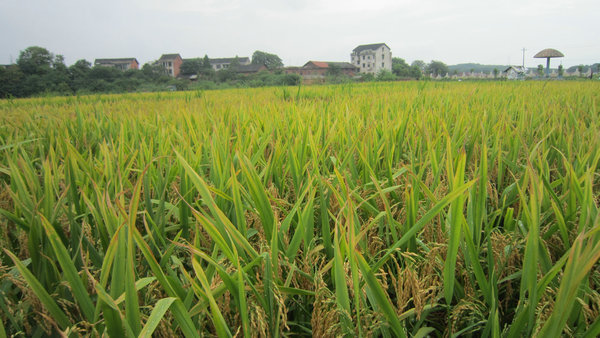
Full-medication demonstration field 3
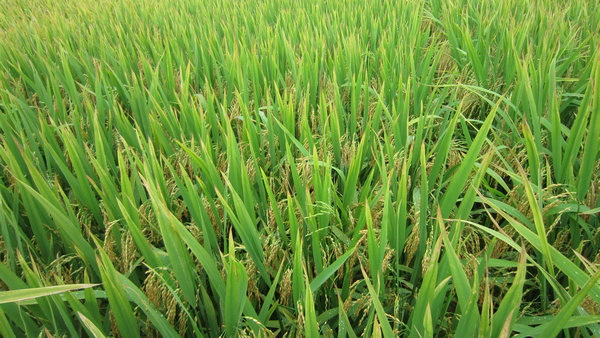
The whole process of drug demonstration field 4
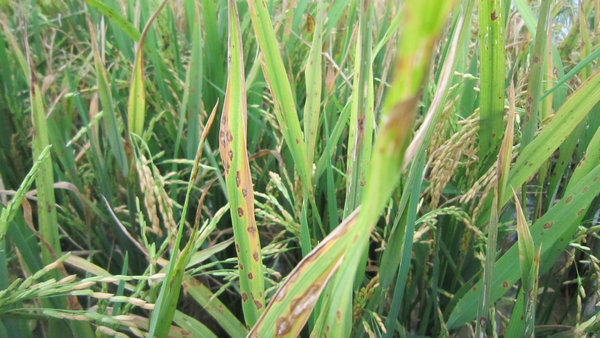
Farmers' conventional control field 1
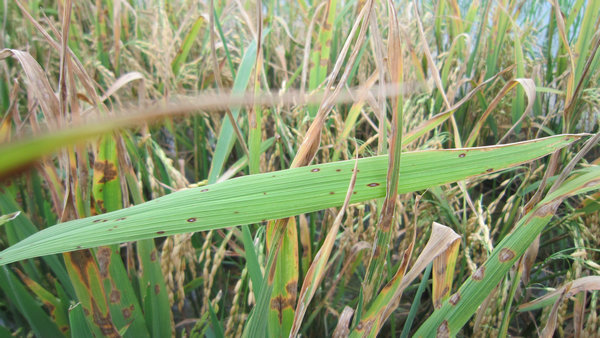
Farmers' conventional control field 2
This article URL: Common pests and diseases of rice cultivation and prevention methods [Figure]
Canned Tuna,Fresh Canned Tuna,Frozen Canned Tuna,Canned Skipjack Chunk
ZHEJIANG RETRONX FOODSTUFF INDUSTRY CO.,LTD , https://www.retronxfoods.com